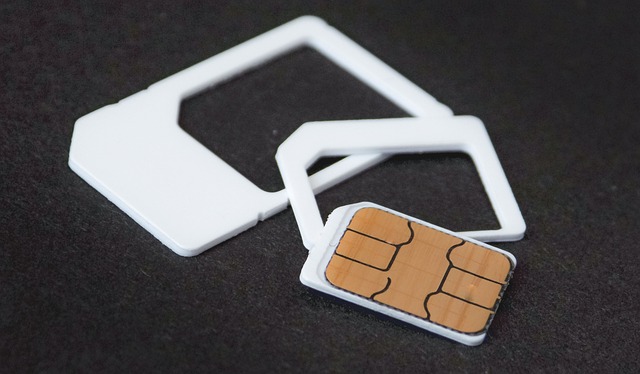The Fascinating World of Edible Insects: A Sustainable Food Trend
Edible insects are gradually crawling their way into mainstream cuisine, casting aside preconceptions and transforming the way we perceive food. Let's embark on a culinary journey that explores this innovative food trend, its nutritional benefits, and its potential in addressing global food security.

An Introduction to Entomophagy
Entomophagy, the practice of eating insects, is not a new phenomenon. It has been a part of many traditional diets around the world, especially in Africa, Asia, and Latin America. However, the Western world has been slower to adapt to this concept, often viewing it with a sense of apprehension. With the growing need for sustainable and nutritious food sources, edible insects are now gaining recognition as a promising solution.
Nutritional Powerhouses
Insects are not just an environmentally friendly food source; they are also nutritional powerhouses. Rich in protein, healthy fats, vitamins, and minerals, they offer a complete and balanced diet. For instance, crickets are high in protein, comparable to beef, and are also a good source of B vitamins and iron.
Sustainability and Food Security
Insects are incredibly efficient at converting feed into edible body mass, making them a sustainable protein source. They require less land, water, and food than traditional livestock. Additionally, insects produce fewer greenhouse gases, contributing less to climate change. This makes them a potential answer to the growing concerns of food security and environmental sustainability.
Innovations in Insect Cuisine
Eating bugs doesn’t mean you have to crunch on creepy crawlies. Today, edible insects are being incorporated into familiar foods in innovative ways. You can now find cricket flour, mealworm pasta, and insect-based energy bars in the market. These products make the idea of eating insects more palatable and accessible.
Overcoming the “Yuck Factor”
The biggest challenge to widespread acceptance of insects as food is the “yuck factor.” Changing cultural perceptions is not easy, but it’s not impossible. Education, exposure, and creative culinary techniques are key to overcoming this hurdle. Once we can look past our prejudices, we might discover that bugs are not just edible, but actually quite delicious.
Bugs to Look Out For
-
Crickets: High in protein and a good source of B vitamins.
-
Mealworms: Rich in protein, fiber, and healthy fats.
-
Silkworms: Excellent source of iron and potassium.
-
Black Soldier Fly Larvae: High in calcium and amino acids.
In conclusion, edible insects represent a new horizon in the culinary world. They offer a unique combination of nutrition, sustainability, and innovation. As we continue to explore this food trend, we may find ourselves not just tolerating the idea of eating bugs, but actually embracing it. After all, the future of food might just be crawling with possibilities.




